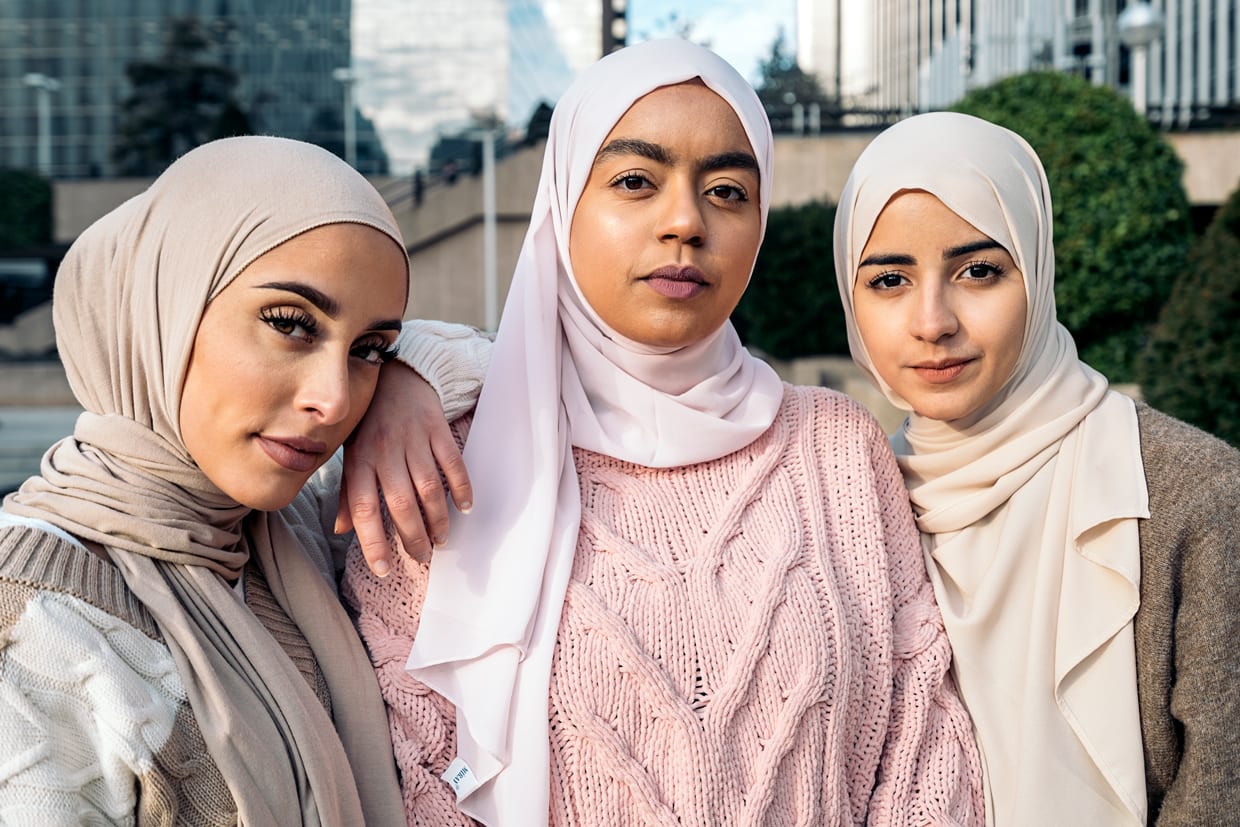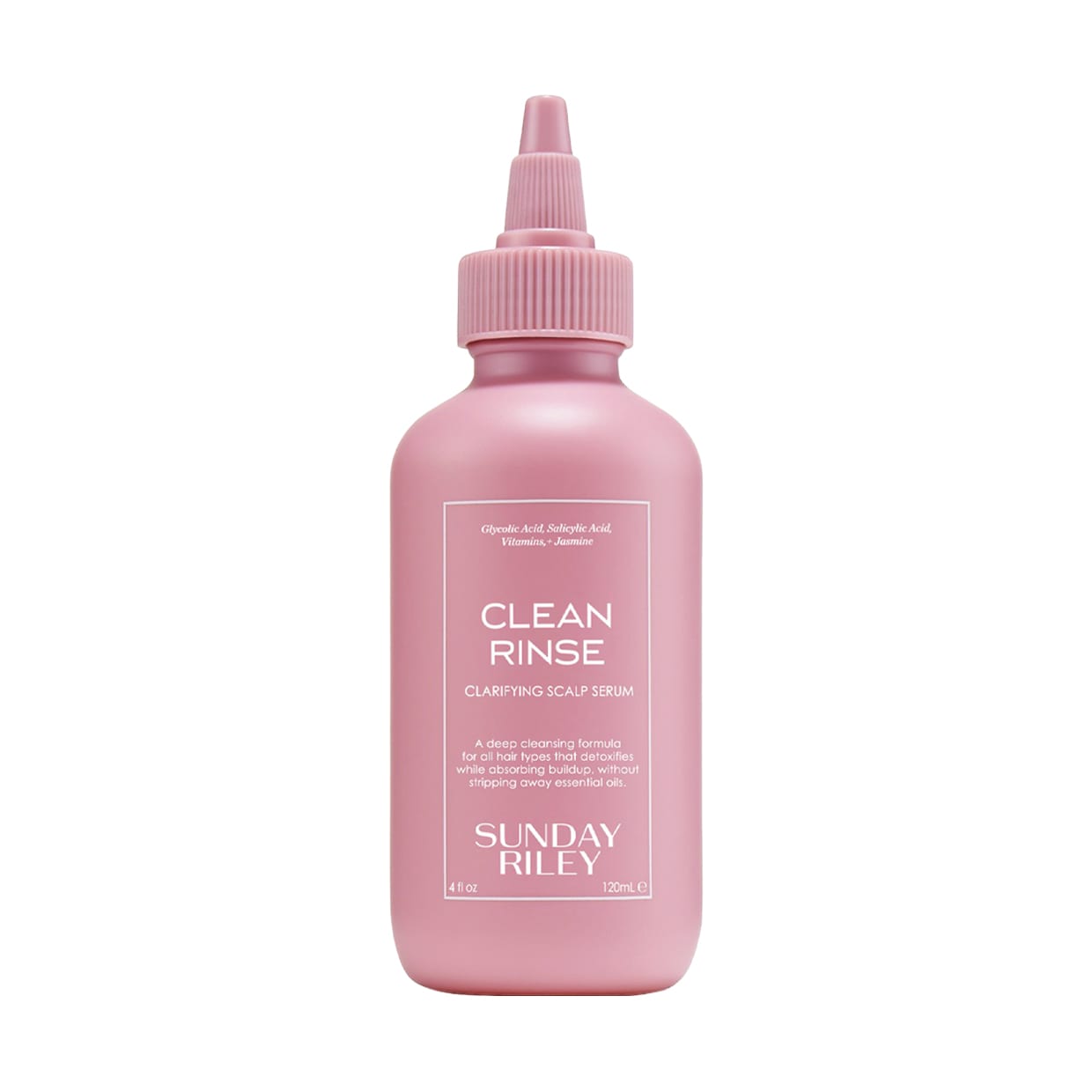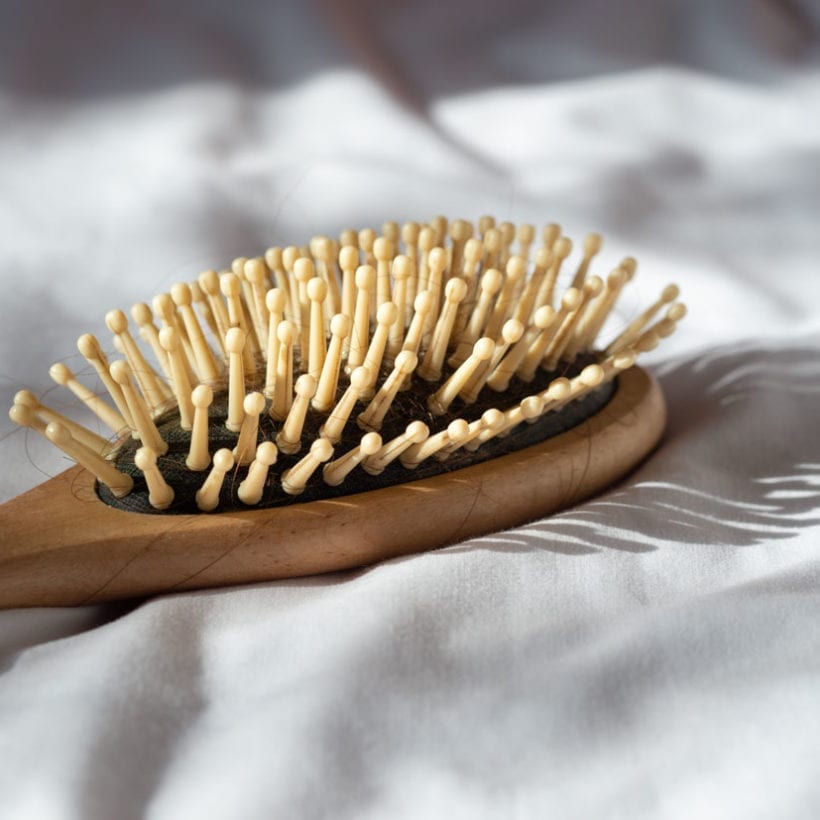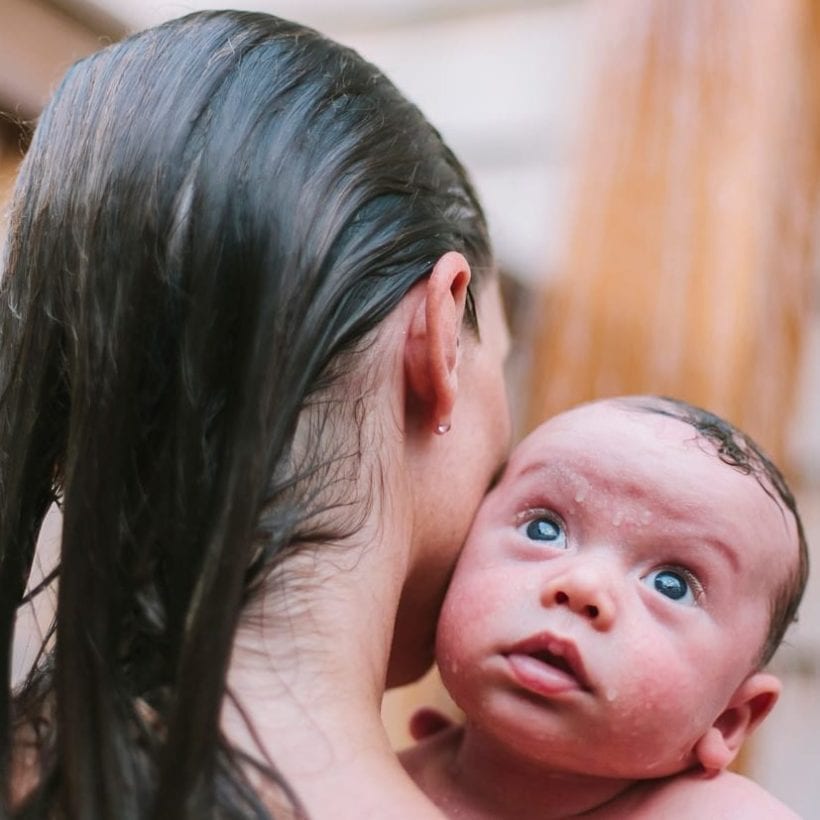There are many nuisances and layers that come with wearing the hijab, both metaphorically and physically. While there are benefits, like the extra layer of protection for the scalp from the sun’s harsh UV rays, many women report having issues like forehead acne and thinning hair. After speaking with some of the girls from my old Sunday school, I reached out to experts to answer their questions.
There is a Reason Your Hair is Thinning
There are many reasons for a receding hairline. “One is traction alopecia which is what occurs when there is chronic friction or tension placed on hair roots for an extended period of time. If the hijab is pulling at the hair roots for years, this can result in the hair roots experiencing too much tension and dying,” says Nava Greenfield, M.D., of Schweiger Dermatology Group. “We see this with dreadlocks and cornrows which can be too heavy or tights and will chronically pull at the hair roots and with other hairstyles as well,” she adds.
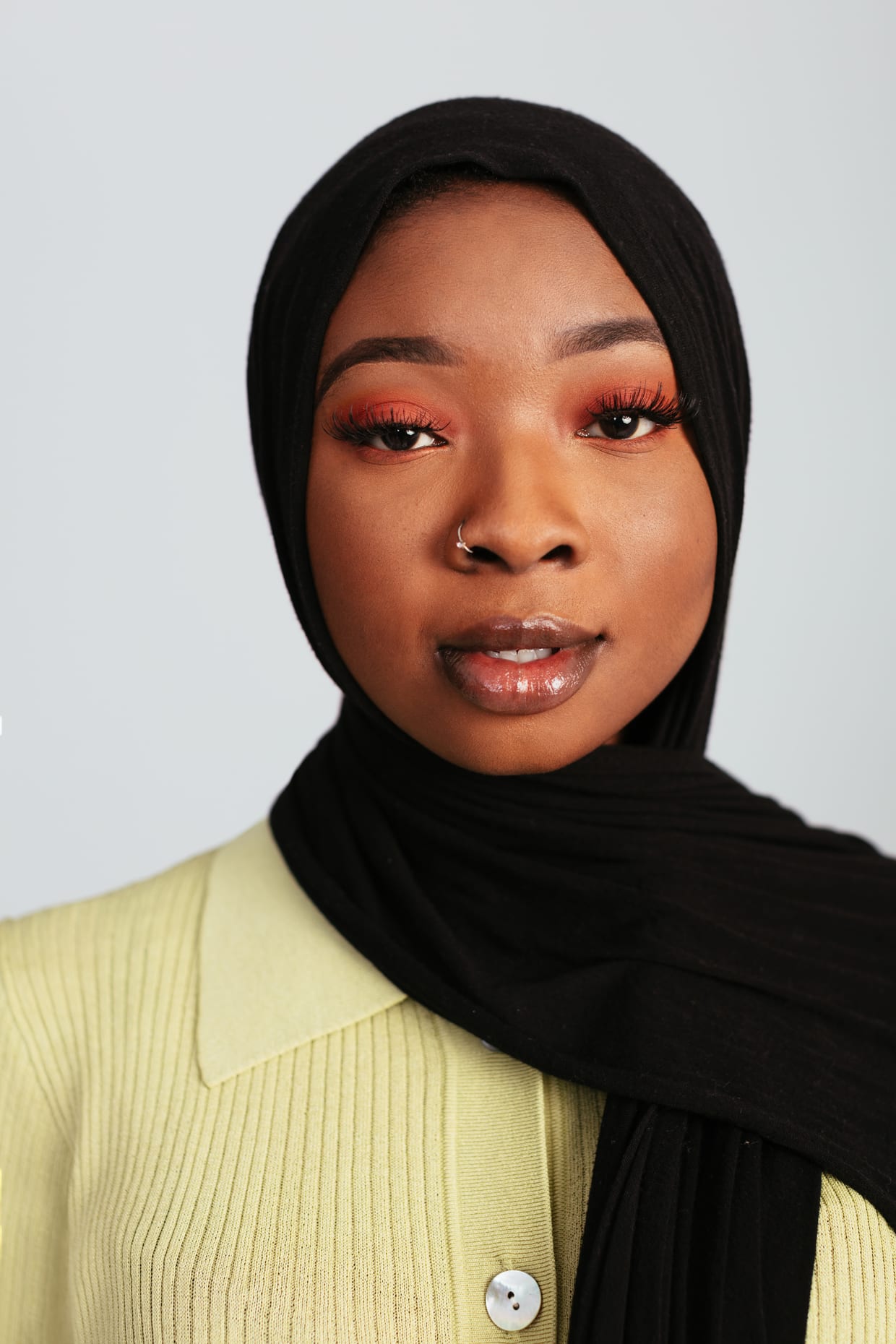 “Hijab hair loss or hijab alopecia, as it is more commonly called, is actually real. In this case, the culprit is in the intense friction from the hijab. The hairstyle underneath combined with the way the fabric is placed and rubs against the scalp daily over very prolonged periods of time, can traumatize the hair, damage the follicle and cause it to fall out,” says Craig Ziering, M.D., Board Certified Dermatologist and Hair Restoration Specialist and founder of Ziering Medical.
“Hijab hair loss or hijab alopecia, as it is more commonly called, is actually real. In this case, the culprit is in the intense friction from the hijab. The hairstyle underneath combined with the way the fabric is placed and rubs against the scalp daily over very prolonged periods of time, can traumatize the hair, damage the follicle and cause it to fall out,” says Craig Ziering, M.D., Board Certified Dermatologist and Hair Restoration Specialist and founder of Ziering Medical.
You Might be Wearing Your Scarf Too Tight
“Anything placed on the scalp should be loose-fitting. Depending on the shape of the scalp, some women may need to wear a scarf or hijab tightly in order for it to stay on,” says Greenfield. However, a tight scarf is not ideal for the growth environment for the scalp skin or hair.
Stick to a breathable cotton fabric if you can, as it is less likely to cause sweat and dirt buildup on the skin. “Silk and chiffon are thin, breathable and very popular but I think cotton is best,” adds Greenfield. The scalp already has a layer of hair over the surface, so wearing a fabric scarf adds another thin layer to that. Anything placed over the skin will affect the airflow over your skin, so let it breathe as often as you can. Also, avoid wearing a scarf on wet hair as “putting any material on wet hair will prevent proper drying of the hair and scalp and chronic moisture on the scalp can be ideal conditions for fungus and dandruff to develop,” says Greenfield.
Wash Your Scarf Often
Some women report breaking out near their forehead or around the hairline, which often has to do with how regularly they wash their scarves. Greenfield recommends washing the hijab daily with a gentle fragrance-free detergent. “It depends on the day’s activities, but if there is sweat on the scarf it should be washed before it is placed back on the scalp. Treat it as you would any other article of clothing that comes in close contact with your skin for many hours a day,” she says. “Only the part that touches your scalp should be washed daily. If there is a separation between scalp and scarf (an under cap) you can wash your scarf weekly,” she adds.
Scalp Care is Important
“Try to avoid clips pulling back the hair to keep scarfs on, because the clips can also cause localized traction alopecia which may be irreversible,” says Greenfield. Try massaging a scalp serum into your scalp to improve blood circulation, clarify product build-up, excess oil, dead skin and pollution for a clear, healthier-looking scalp and refreshed hair. “Ongoing home scalp serum and supporting circulation, massage, exfoliation and oxygenation keeps the area healthy and functioning optimally,” says Ava Shambam, M.D., celebrity dermatologist in Beverly Hills. “There are many proven non-surgical treatment options to slow down hair shedding and regrow your hair. There are medications like Finasteride and natural supplements like ViviscalPro. Many times, these two options are combined with the topical solution, minoxidil. Laser therapy is another really great choice and works really well with oral medications and even minoxidil,” adds Ziering.
“Topical serums and microneedling with biological growth factors can stimulate blood supply and provide nutrients to the hair and scalp. You can try RX and OTC formulas Rogaine and Propecia. Keravive is a three-step office treatment designed to cleanse, stimulate, and hydrate the scalp to promote growth and fullness. This treatment works to improve your scalp health and the quality of your hair,” notes Shambam.
We only recommend products we have independently researched, tested, and loved. If you purchase a product found through our links, Sunday Edit may earn an affiliate commission.
